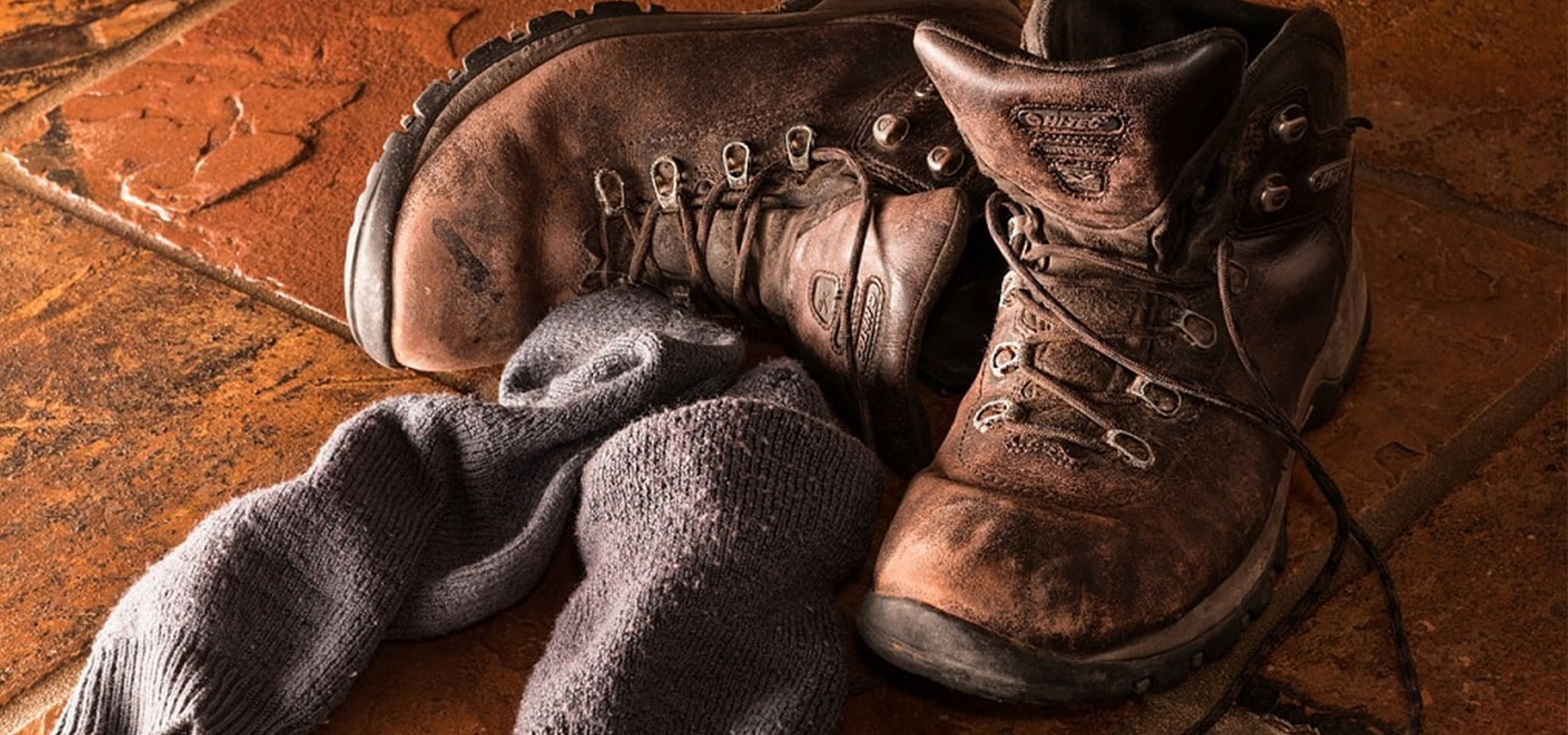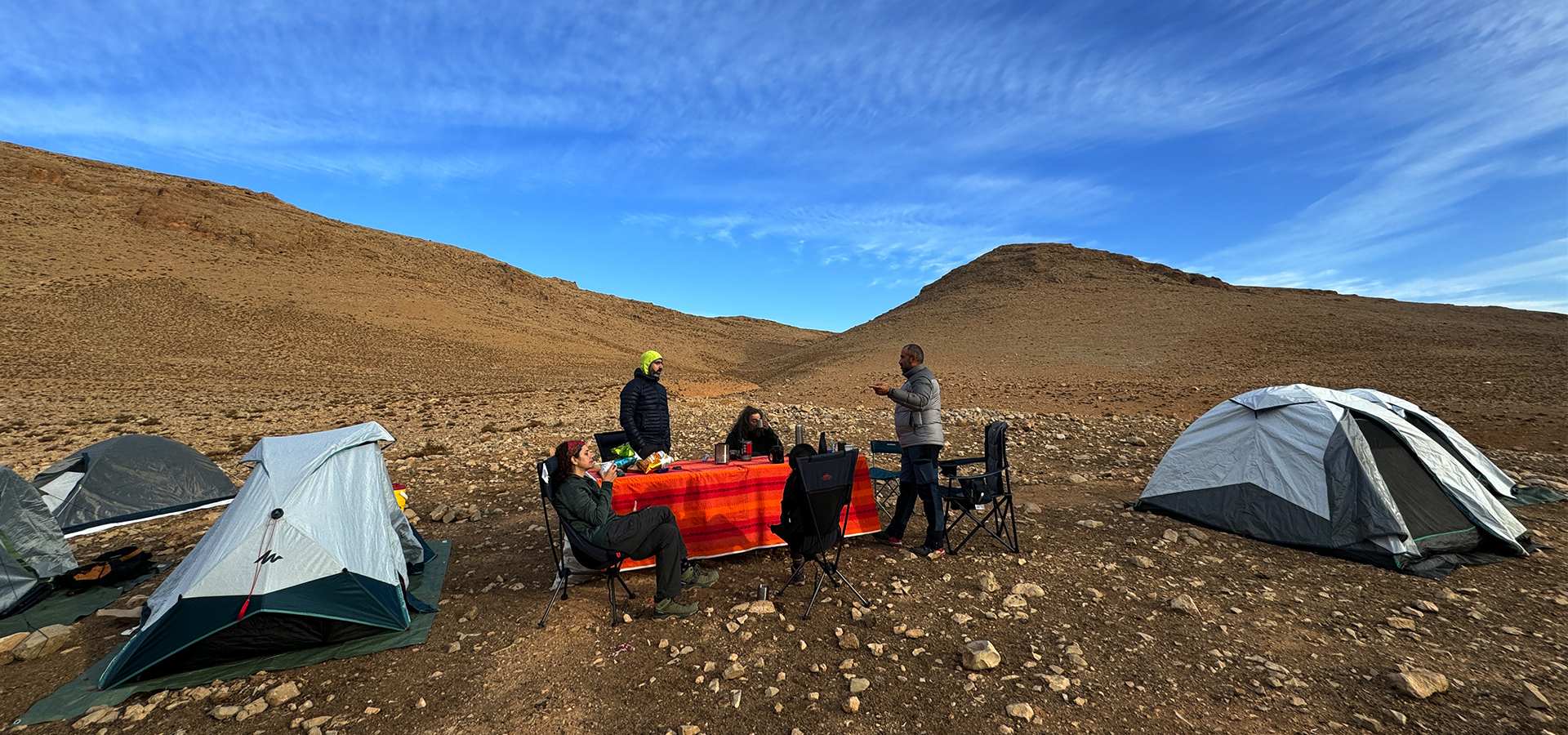
Blisters: Causes, Prevention and Treatment – Mario Fares
- March 29, 2020
- 0
Author: Mario Fares
Blisters: Causes, Prevention and Treatment
Blisters are one of the common types of injuries that faces every hiker at least once during his journey. They are painful and sometimes can be a call to stop your hike or even your expedition and go back home.
Causes:
Blisters can be caused by different factors, such as pressure points and moisture accumulation, but the most common factor is usually friction. When friction occurs and lasts for a period of time, a fluid forms in the upper layer of your skin to cushion the damaged area and allow it to heal. Usually the fluid is clear, but sometimes it could turn to green, indicating an infection, or to red indicating a damage in the capillaries and blood, that’s when you should seek medical care.
Prevention:
As a skilled outdoor person, you can always follow some steps to minimize the risk of getting a hot spot and thus preventing blister formation. those steps can be listed as follow:
- Boots are the main cause of blisters, you should always wear hiking boots that fits well your feet; the best time to buy them is at night, because your feet usually swell at the end of the day and this will enable you to buy the right size without risking a pressure point or a slippage.
- Never wear cotton socks, they keep the moister on your feet for a long period of time. Try to switch to synthetic or wool. You can also wear liner socks under your wool socks for better moister-wicking, and always keep in your pack extra dry socks to change them during your hike if your feet get sweaty.
- Keep in your bag a blister prevention kit; early detection of the blisters is key. When you feel a hot spot during the hike, directly stop, clean your feet, change your socks and apply the tools of the kit on that hot spot.
Treatment:
Usually the blister heals naturally after several days and doesn’t need medical intervention. During this period, try to avoid bursting the blister because you will increase the risk of infection. If that happens never peal it, allow the fluid to drain, sterilize the area, put some antibiotic ointments and cover it until it heals.
References:











